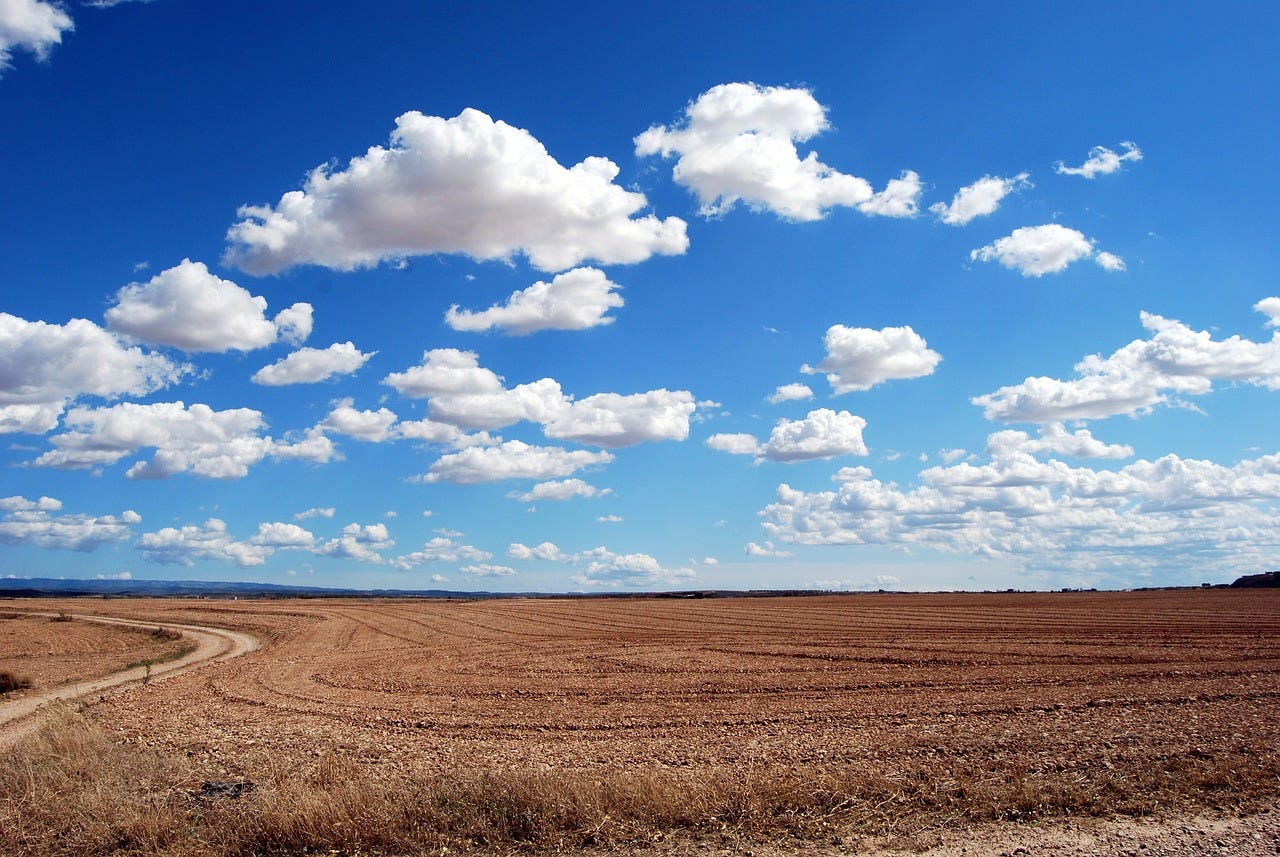What Land Back Really Means - and Why People Keep Getting It Wrong
The real story behind Indigenous land reclamation - from broken treaties to climate solutions
Image by Gianni Crestani from Pixabay
Cover Story (The Desk’s View)
“Are they coming to my house?”
That’s the reflexive panic when someone hears “Land Back.”
No, they’re not. But the question is telling.
Land Back isn’t about property seizures. It’s about power. About history. About who gets to live, govern, and thrive on the land - and who gets erased.
It’s not a metaphor. It’s a movement. And it’s gaining ground.
Why Land Back Exists (And What It's Actually Saying)
Land Back starts with a truth most people prefer not to say out loud: the land was taken. Not bought. Not fairly negotiated. Taken.
First, through war and forced removal. Then, through broken treaties, bad-faith legislation, and bureaucratic sleight-of-hand. Legalized theft with paperwork.
What was taken wasn’t just real estate. It was an entire system of law, culture, governance, and land stewardship.
Land Back is a response. It’s not nostalgia or revenge. It’s jurisdiction. It’s self-determination. It’s the return of what was never lawfully ceded in the first place.
Who’s Getting Land Back Now?
This isn’t hypothetical. It’s already happening.
In California, the Yurok Tribe is reacquiring redwood forests and reintroducing endangered species.
In New York, the Haudenosaunee have reestablished access to traditional hunting territories.
In Maine, Wabanaki nations are reclaiming riverways, fishing rights, and the political leverage to protect them.
In Canada, the Wet’suwet’en are exercising sovereign authority over unceded land, including pipeline resistance.
Some land returns come through legal victories. Others through direct purchase, community organizing, or transfers from churches and environmental nonprofits.
And each one sharpens the same question: if this is possible, what else is?
Why People Push Back
Let’s name the resistance.
Governments stall on transfers, bury requests in red tape, and cling to colonial-era legal frameworks.
Corporations pressure courts and lawmakers to limit Indigenous veto power.
Media outlets frame Land Back as “radical,” “controversial,” or “divisive”—as if centuries of land theft were somehow the status quo.
Even allies flinch when the implications get real. Restoring land means redistributing power. And power doesn’t let go easily.
Why Land Ownership Feels So Fragile
If you’re confident in your land title, why the panic?
Because deep down, many settlers understand that the land beneath their feet came at someone else’s expense. And that understanding - if you follow it - demands more than acknowledgment. It demands action.
Land Back exposes that tension. It forces the question: what do you owe, when the foundation was never yours?
This Isn’t About Kicking Anyone Out
Land Back is not eviction. It’s not retribution. It’s not erasure in reverse.
Most Indigenous leaders aren’t asking settlers to pack up and leave. They’re asking for restoration: of land, yes, but also of decision-making power, jurisdiction, and the right to protect sacred ecosystems from destruction.
They’re asking for co-governance, for respect, and for space to survive on their terms.
That’s not a threat. That’s a vision.
So, Where Does That Leave Us?
Land Back is rising. So is the opposition. Expect more headlines about land reclamation. Expect more mischaracterizations. Expect more discomfort.
But also: expect more wins.
Expect more public land to be returned to tribal stewardship. More court rulings in favor of Indigenous jurisdiction. More climate coalitions led by the people who never forgot how to live in balance with the land.
The question isn’t whether Land Back is possible. It already is.
The question is whether the rest of us are ready to face what that means—and what it asks of us in return.
Enjoyed this post?
Share it, forward it, argue with it.
Just don’t pretend you didn’t hear it.
Thanks for Showing Up
Buy Me A Coffee |Gumroad| Medium


